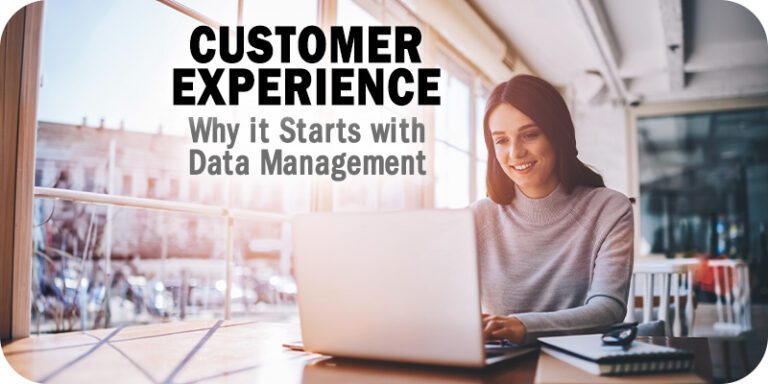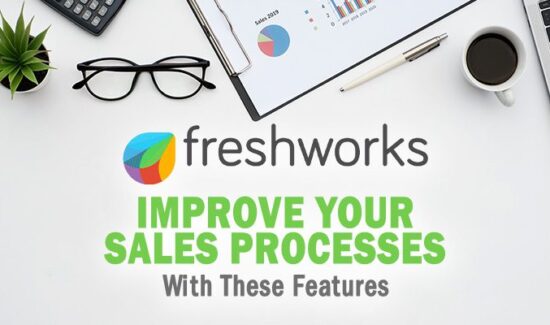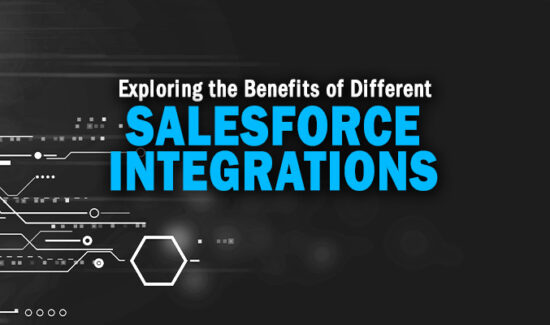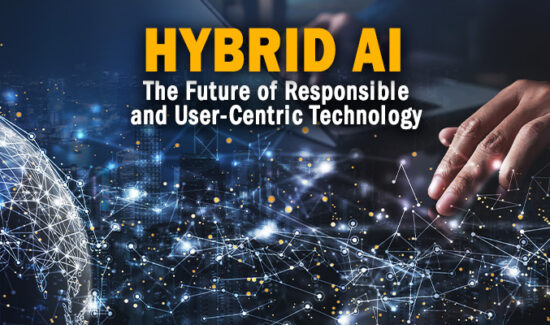Why a Great Customer Experience Starts with Data Management
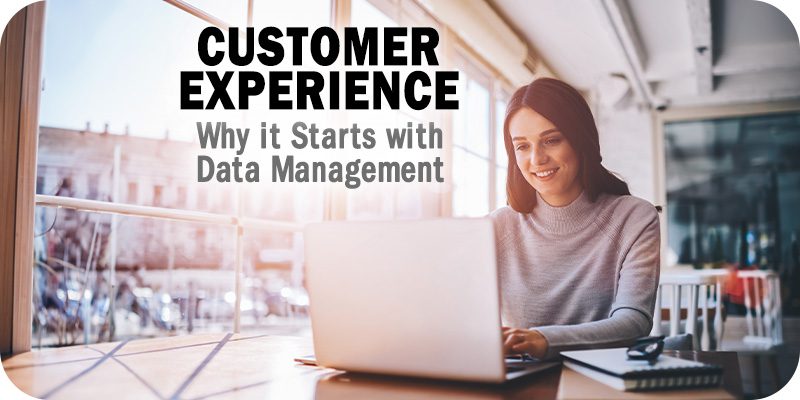
As part of Solutions Review’s Contributed Content Series—a collection of articles written by industry thought leaders in maturing software categories—Kelly O’Connell, the Chief Product Officer at ActiveCampaign, explains why data management is crucial to the development of a memorable customer experience.
Great customer experiences are only as powerful as the data they’re powered by. The more predictably organized your data is, the more you can drive personalized, automated experiences, so your data needs to be structured, visible, and actionable. Wondering what these personalized experiences look like? To explain, I’d like to talk through some ‘great experiences’ I’ve had as a customer. These happen constantly in our lives, but too often, we separate software from ‘real life.’
The Best of the Best Experiences
I have a great relationship with my realtor. He’s helped me with my last three homes, and we’ve known each other for nearly a decade. We really only chat when I’m considering buying or selling a home. This last time, we kicked off the process and started looking at homes. We’d walk into something gorgeous, pointing at details and layouts, and walk out, and he’d say, “Beautiful, not the house for you.”
I’d send him listings, and he’d call out things I wouldn’t like about the neighborhood or layout. We saw the house I finally bought, walked through, walked out, and he said, “I’ll talk to you tonight,” knowing that I’d put in an offer. He connected me with people who could help with various projects I’d need done, following up on their work and even stopping by to see how things turned out. It was a seamless experience during a process that isn’t always that fun, and he will always be my first call when I need a realtor.
Once I purchased my home, I needed some help decorating and checked out this interior design consulting site, Havenly. They pair you with a designer, and you work through a few concepts before they design a final concept of your room and ultimately grow revenue through selling furniture or decor they use in the concept. It was really fun starting the process, looking at various styles and picking which ones I liked or didn’t like, which ultimately helped the designer narrow down my own ‘style.’
Then, working 1:1 through the first concepts helped them get even more granular with things like textures, colors, or sparseness until the ultimate design was offered, and I’ll admit, I bought a few things directly. It wasn’t as personal as my experience with my realtor, but it got the job done quickly, was a fun process, and I felt like my designer ‘got it.’
There are some things in both of these examples that are ultimately true of all great, 1:1 customer experiences. They are both relevant, personal, timely, and efficient.
Creating 1:1 Experiences
Relevancy ensures the experience is meaningful to each person and somewhat expected or surprisingly unexpected. That the business was in the right part of the customer lifecycle, my realtor doesn’t send me homes when I’m not looking, or I can’t afford; my designer wasn’t including things I had said I didn’t like.
The personal touch is essential. There should be a connection—sometimes that’s 1:1, or sometimes it’s felt even in a one-to-many scenario. As far as timing goes, there’s nothing worse than getting unnecessary information when you don’t need it or when it’s too late. Sending the right message to the right person at the right time is vital to long-term loyalty. And lastly, good experiences are efficient. How easy is it for your customers to engage and connect? Did they have to jump through a lot of hoops? Answer an entire survey of questions? Are they repeat customers receiving a survey after every touchpoint or purchase? Getting multiple surveys per week over one survey per quarter isn’t efficient.
What’s true of all great experiences is that there’s a foundational element of data around the customer. The more you know, the more you can use what you know in connection, the better the experience. And the truth is, we’ve been forced to create more distance in business relationships in the past few years. We’ve seen businesses shift to entirely online experiences. Companies that used to have robust in-person options found ways to adapt and shift to digital. We’ve seen restaurants shift to experiential dinners at home, bars creating cocktail kits and online classes for how to make the best signature drinks, tons of educators moving online, and more.
In a recent survey of 500 businesses, nearly 70 percent of companies that grew over the past year changed their business model in some form—whether that meant moving services online, targeting different customers, or building a hybrid model with in-person and online services.
Changing Consumer Demands
Consumers expect businesses to not only be on each of the channels they’re using but also to know them and provide them with a consistent experience no matter where they are. With more and more of these interactions occurring, the amount of data coming in around one customer, let alone thousands, can feel insurmountable, especially to businesses that started in person.
In-store, online, email, and word-of-mouth touchpoints happen across the entire customer lifecycle, from when someone becomes aware of a product or service to their purchase to their referral. But orchestrating exceptional experiences around these requires having a holistic view of each customer across all the tools and channels a business uses, which historically has been incredibly difficult for small and medium-sized businesses.
And I’m sure we’ve all seen businesses and people “get it wrong.” Many platforms in the market require multiple products to bring it all together. These options trend toward higher costs as they’ve moved to serve more and more enterprise needs. They’re also high in operational cost, usually requiring a person or a team to manage the data and workflows. Even when these products are brought together, there’s still low visibility into customer-facing teams on what’s happening with other teams, where overlaps are, and the customer journey until that interaction. These all lead to a fragmented customer experience.
Driving Personalized, Automated Experiences
To create a seamless buyer lifecycle, first map out the customer experience. While you may think there is this linear customer journey, it often looks more like a spider web than a line, and that’s okay! It’s about recognizing this and understanding how to improve things on your side to improve the journey for your customers. Then, it’s crucial to map out the highest-level stages and subsequent goals for your customer lifecycle. What “buckets” could your entire database fit into? Some examples include: leads with the purpose of a trial; trials with the goal of conversion; expired trials with the goal of reactivation; customers with the goal of upgrading; and canceled customers with the goal of reactivation or demoing a new product.
It’s easy to adhere to your strengths but not as easy to admit your weaknesses and pull in partners, where necessary, to fill your business gaps. This is the art of transparent selling. No one is perfect, and customers know this, so stop pretending! Work with partners that will help you build a solution for each buyer.
Finally, act on your data. What do you know about your users? Their customer experience should be based on questions asked earlier during the funnel, how they interact with your business, and the content they consume. For example, with automation, companies can segment users based on whether they filled out a form, signed up for a webinar series, or didn’t take any action.
No matter the industry, size of customer base, or business model, if you aren’t using cohesive data to improve the customer experience, it will be impossible to grow and scale. Fragmented data will lead to fragmented experiences. To put your best foot forward through the rest of 2023 and into 2024, ensure your data is structured, visible and actionable. You will be surprised how fast you’ll grow.
- Why a Great Customer Experience Starts with Data Management - August 28, 2023

 By
By
